Iconic Buildings in the Gulf Cities: The Search for Greatness
Introduction
The phenomenon constructing iconic buildings in emerging Gulf cities is increasing. What are iconic buildings and why are they built?Definitions:
Iconic:relating to, resembling, or having the character of an icon (of memorial sculptures, esp those depicting athletes of ancient Greece) having a fixed conventional style
Icon:
- An icon (from Greek εἰκών eikōn "image")
- a picture, image, or other representation.
- Eastern Church . a representation of some sacred personage,as Christ or a saint or angel, painted usually on a wood surface and venerated itself as sacred.
- a sign or representation that stands for its object by virtue of a resemblance or analogy to it.
- Computers . a picture or symbol that appears on a monitor and is used to represent a command, as a file drawer to represent filing.
- Semiotics . a sign or representation that stands for its object by virtue of a resemblance or analogy to it.
Iconic
of, pertaining to, or characteristic of an icon.
Art . (of statues, portraits, etc.) executed according to a convention or tradition.
relating to, resembling, or having the character of an icon
having a fixed conventional style
Icon → Iconic → Iconical
(buildings, structures, places, environments, experiences)
What are iconic buildings?
Iconic buildings are buildings that are considered significant or exemplary of a certain status, style, strategy, or a way of living. The classic order was used to construct Washington DC. as icon of democracy and political system.Why are they important to study?
They constitute an important part of the societies image, aspiration and identity. They impact economy and tourism; known as The Bilbao effect.Where are they?
Iconic buildings are usually found in cities and metropolitan areas. They represent the societies achievements and lead the society to a desired future.Who builds them?
Traditionally, buildings and cities were not built to be iconic but they became iconic over time representing a certain way of life and achievements. Today buildings are cities are built to be iconic and recognized by other cultures and peoples. Architects and developers build iconic buildings to achieve a certain marketing strategy.Iconic Buildings Architecture
Iconic buildings and architecture are considered by the public as first points of attraction when visiting a new place. The tourism industry depends on tours and visits to these iconic landmarks. The first search and attraction of any city starts by theses iconic buildings and places. They provide a unique experience for people from other parts of the world.What is the definition of iconic building?
For the public, iconic buildings are those buildings that have unique and specific features for a part of the world. Eiffel Tower is a representation of Paris while the Big Ben Tower is the representation of London and the Pyramids are a representation of Egypt. These significant structures and styles achieve this representational status and become icons to be followed by other iconic buildings.Some the well known iconic buildings in the world include:
Historical: The Giza Pyramids, Hagia Sophia, The Louvre, Taj Mahal, The Colosseum, Big Ben, The White House,
Early Modern: Eiffel Tower, Casa Mila, Notre Dame du Haut, Fallingwater, Empire State Building, Barcelona Pavilion, The Louvre Pyramid, Sydney Opera House,
Contemporary: Guggenheim Bilbao, Pompidou Centre, Burj Khalifa (Dubai), Burj Al Arab,
Future: Abub Dhabi museums, Saudi Arabia tallest super tall building
What are the variables that make a building iconic?
Many variables play important role in making buildings iconic. They include: form, shape, size, repetition, uniqueness, structure, height, history, events, function, image, media, color, materials, technology, cost, location, site, meida, etc. A building becomes an icon to be followed by other iconic buildings.Culture and Iconic Buildings
“Iconic used to be a way of identifying outstanding architecture; today, the term has fallen into disrepute. It's time to reclaim iconic architecture's original meaning.” (Andree Iffrig, 2008)A cultural icon can be a symbol, logo, picture, name, face, person, building or other image that is readily recognized and generally represents an object or concept with great cultural significance to a wide cultural group. A representation of an object or person, or that object or person may come to be regarded as having a special status as particularly representative of, or important to, or loved by, a particular group of people, a place, or a period in history.
The Media and the Making of Iconic Buildings
Today, the media (TV, movies, internet, …) have a greater role in making buildings iconic. The promotion of a country of place through advertisement and reporting creates an image attached to specific iconic buildings and places. In the media, many well-known manifestations of popular culture have been described as "iconic" including buildings, structure and places. This fact encourages others to imitate and duplicate these icons in an effort to recreate these images in their places.Traditionally structures and places were not built to be iconic but they became iconic after being recognized as representatives of certain ideas, periods, ideologies, ways of living, and styles. They are then imitated and duplicated by others in an effort to replicate their impact in their original places. (Washington DC., modern architecture [Le Corbusier, Mies, Bauhouse] )
Today, structures and places are constructed are designed and constructed in an effort to be iconic (following other icons) or become iconic (to be followed by others) creating unique experiences and places.
Iconic Architects
Famous architects become icons for other architects to follow their style and design strategies.Iconic buildings and architecture in emerging Gulf cities: The search for greatness
Traditional and historical buildings in the Islamic World include The Kaaba in Mecca, Al Hambra Palace, etc. Today the attempt to "Buying Fast History" and gain world recognition encourages emerging Gulf cities to invite "iconic architects" to build "iconic buildings" to serve as attractions to tourism and global attention. The building of “signatecture” buildings by “starchitects” for “marketicture” and "branding" purposes.Sources:
http://www.toptenz.net/top-10-iconic-buildings.phphttp://www.guardian.co.uk/artanddesign/series/greatmodernbuildings
http://www.e-architect.co.uk/iconic_buildings.htm
http://www.e-architect.co.uk/architecture_debate.htm
http://www.metropolismag.com/story/20051118/the-new-iconic-building
http://www.ameinfo.com/ar-95423.html
http://www.almustaqbal.com/nawafez.aspx?StoryID=244100
http://www.gsa.ac.uk/research/default.asp?page=s58&stid=Ercim%20Ulug
http://www.suite101.com/content/iconic-architecture-redefined-a61760
http://2020cities.blogspot.com/2010/04/iconic-buildings-in-shadow-of-each.html
http://online.wsj.com/article/SB122731149503149341.html
http://books.google.com.qa/books?id=e0r8vYqKX_8C&pg=PA48&lpg=PA48&dq=Iconic+buildings+architecture+paper&source=bl&ots=SwynjnZ-Gh&sig=ZTHxUxnVQfa25oxUTBrPpyLRAYI&hl=en&ei=f5-wTYmpK5DwvwOGsMmGBw&sa=X&oi=book_result&ct=result&resnum=2&ved=0CB8Q6AEwATgK#v=onepage&q=Iconic%20buildings%20architecture%20paper&f=false
http://english.thesaigontimes.vn/Home/interviews/businesstalk/15047/
http://www.insights.org.uk/articleitem.aspx?title=Iconic%20Buildings%20and%20Tourism:%20Where%20to%20Next?
http://www.ratioblog.com/?p=2048
http://www.helium.com/items/1869433-failure-of-iconic-architecture
References:
Charles Jencks (2005) Iconic Building. Rizzoli; First Edition edition.A.E. Kirby, A.M. Kent, (2010) "Architecture as brand: store design and brand identity", Journal of Product & Brand Management, Vol. 19 Iss: 6, pp.432 - 439
Charles Jencks (2007) The iconic building is here to stay, in Penelope Dean (2007) Rethinking representation, Volume 11 of The Berlage Institute Report Hunch, pp. 48-63
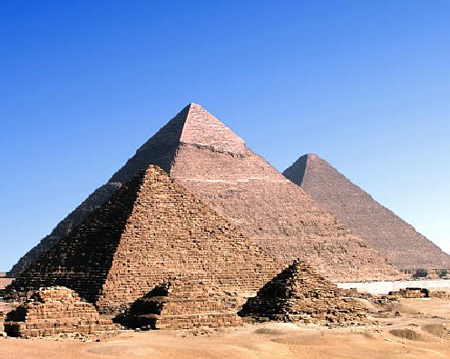
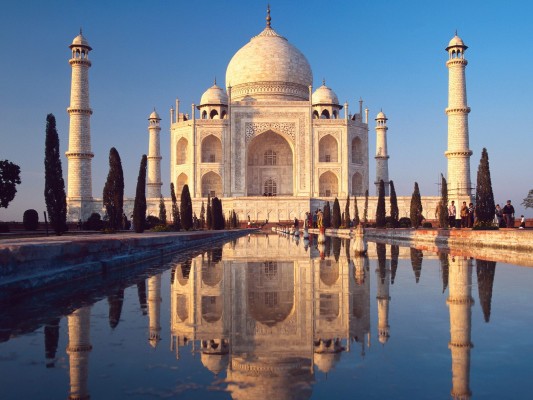
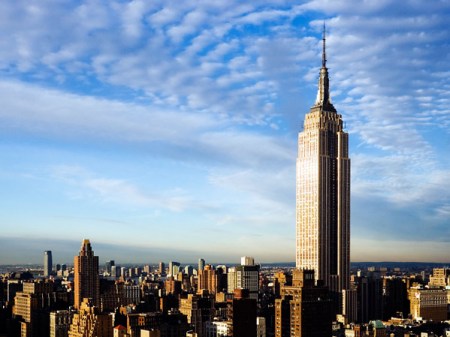
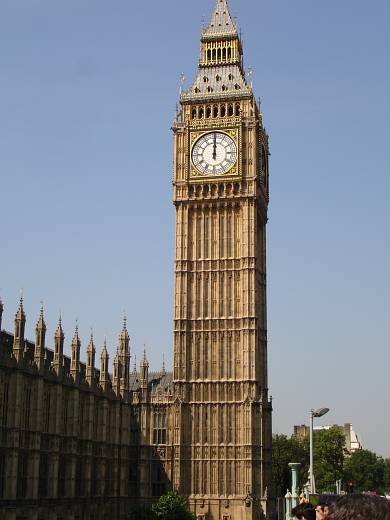
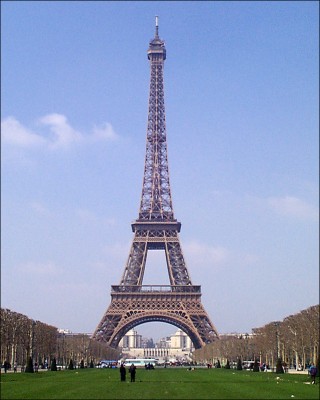
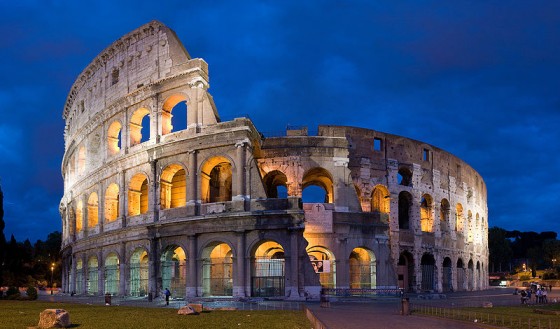
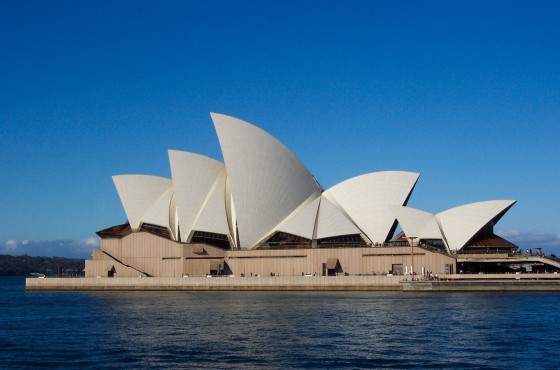
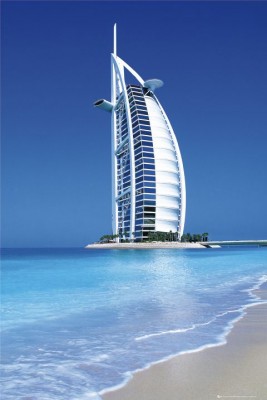
No comments:
Post a Comment